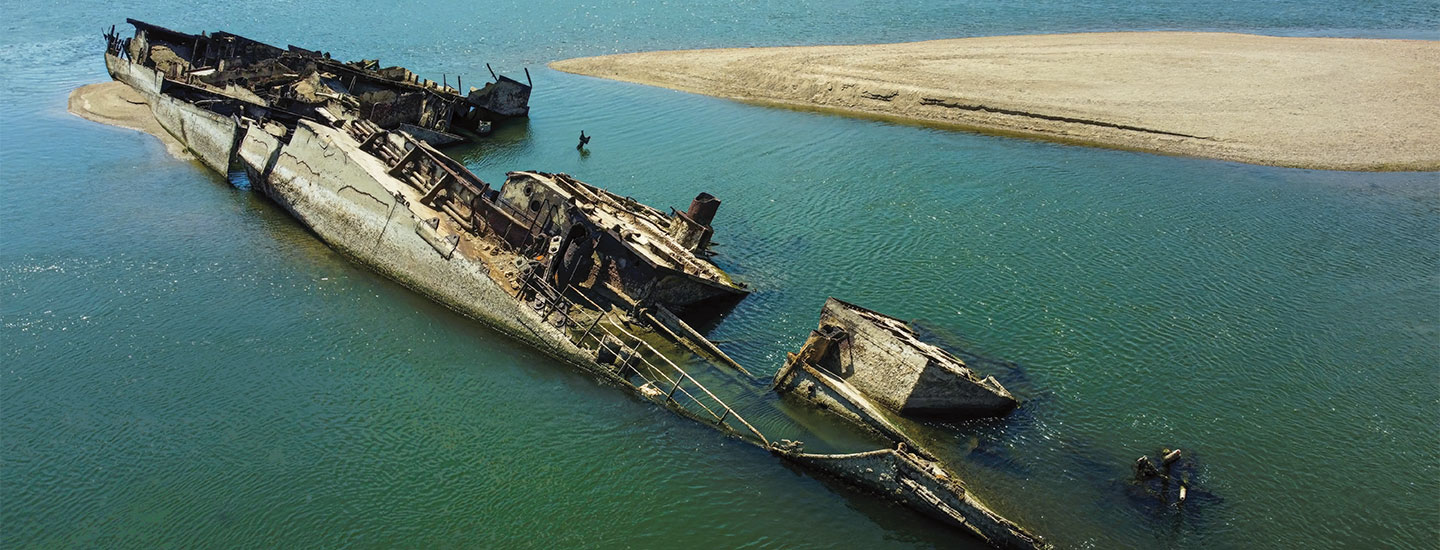Last summer, temperatures across the Northern Hemisphere soared to record-breaking highs. Millions of people in Europe, Asia, northeast Africa, and the Western United States experienced devastating heat waves and drought, a prolonged lack of rainfall that leads to a shortage of water for people, animals, and plants.
Normally, extreme weather “has a very low chance of happening,” says Nele Reyniers, a climate researcher at the University of East Anglia in England. But because of climate change, events like intense heat waves, droughts, storms, and floods are becoming more common, she says. These events can have staggering impacts on people and the planet. In 2022, for example, droughts in the U.S. and Europe destroyed valuable crops and led to raging wildfires. They also caused water levels to drop drastically in rivers, lakes, and reservoirs, or reserves of fresh water.
Although devastating, these droughts did lead to surprising discoveries. In some places, falling water levels revealed hidden artifacts. These human-made objects had been submerged for decades or even centuries! This gave scientists a unique opportunity to study them. “While we never wish a drought on anybody, they can show us things that we didn’t know were there or give us a chance to examine something that we haven’t seen in 50 years,” says Chip McGimsey, the state archaeologist of Louisiana. Take a look at five sites that resurfaced this past summer.
Last summer, temperatures soared across the Northern Hemisphere. They hit record-breaking highs. Millions of people were affected in Europe, Asia, northeast Africa, and the Western United States. They experienced severe heat waves and drought. This extended lack of rainfall leads to water shortages for people, animals, and plants.
Normally, extreme weather “has a very low chance of happening,” says Nele Reyniers. She’s a climate researcher at the University of East Anglia in England. But extreme events are becoming more common because of climate change, she says. These events include intense heat waves, droughts, storms, and floods. They can seriously affect people and the planet. For example, droughts struck the U.S. and Europe in 2022. They destroyed valuable crops and led to raging wildfires. Water levels dropped sharply in rivers, lakes, and reservoirs, or reserves of fresh water.
These droughts were destructive, but they did lead to surprising discoveries. In some places, water levels fell and revealed hidden artifacts. These human-made objects were underwater for decades or even centuries! Now scientists had a rare opportunity to study them. “While we never wish a drought on anybody, they can show us things that we didn’t know were there or give us a chance to examine something that we haven’t seen in 50 years,” says Chip McGimsey. He’s the state archaeologist of Louisiana. Take a look at five sites that appeared this past summer.

